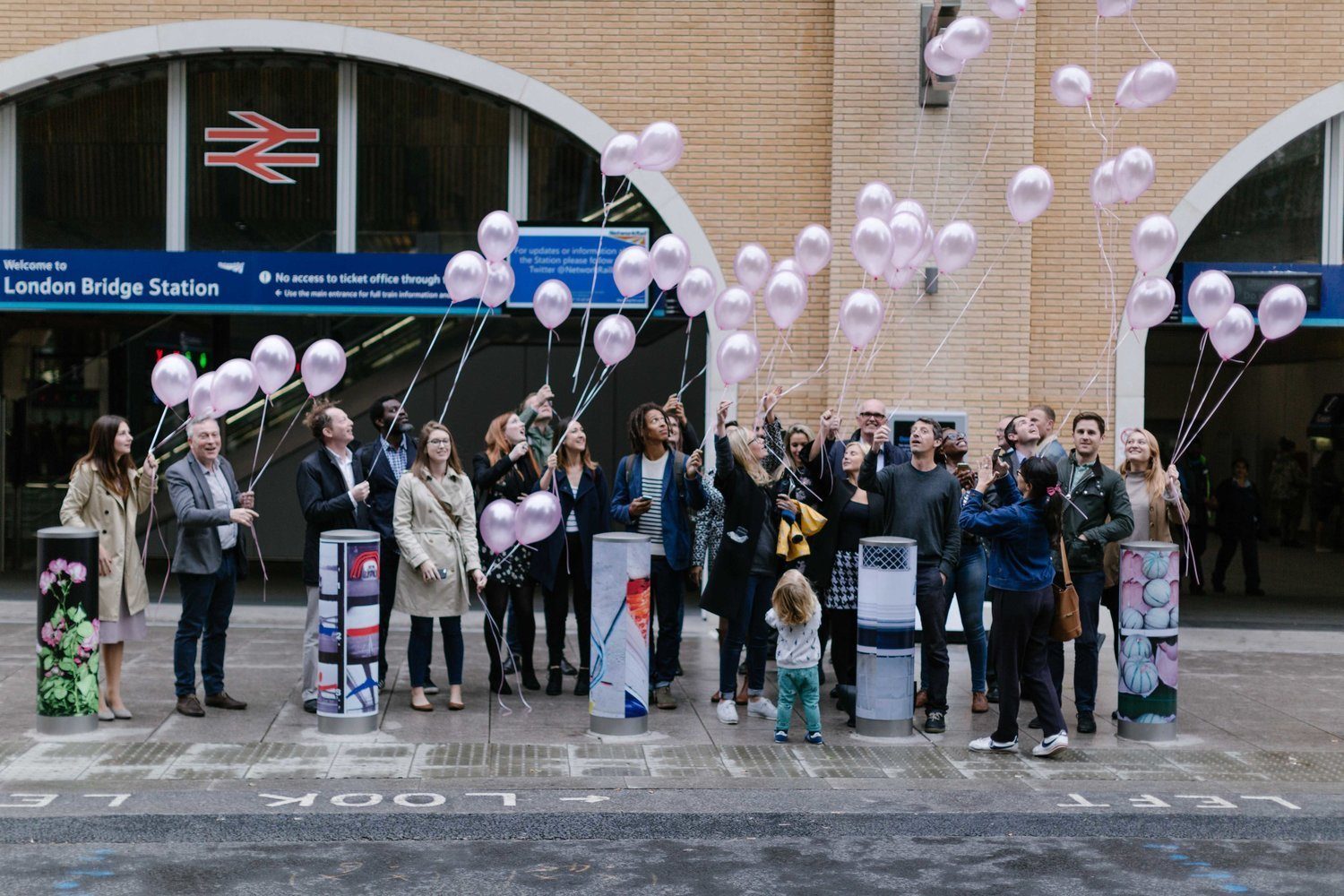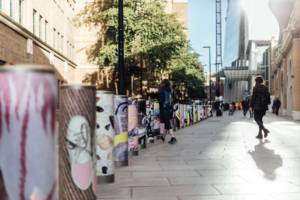Public Art: Why Ownership Matters in Public Art
by Charlotte Fletcher
Since the country was plunged into lockdown at the end of March, people have spent more time walking around their local environs, becoming more aware of their immediate landscape.
Over the same few weeks, the Black Lives Matter movement has found a powerful voice and raised awareness of the history, and social and cultural implications, of some of Britain’s oldest pieces of public art; statues. The toppling of the bronze statue of slave trader Edward Colston in Bristol on June 7 triggered a debate around what to do with statues of figures with problematic histories, raising pressingly relevant questions around public art and the role of ownership.
Communities have made it clear that they care both about what stands in their locality and about what it stands for. If people are so vocal about what they don’t want, can we assume that they care about what they do want instead? We can do more than assume. In a 2019 study conducted in London by cultural data scientist Vishal Kumar and MTArt Agency CEO Marine Tanguy, data showed that over 83% of people would be willing to pay contributions for public art in their local area..
Yet rarely are residents consulted at any stage in public art proposals, despite the project ostensibly benefitting, as the name suggests, the public. Instead, consultations generally take place behind closed doors, between the organisations paying for and hosting the project, removing agency and therefore denying the public a feeling of ownership.
The same study demonstrated that there is a correlation between public art and wellbeing; 84% of respondents said that more art in cities would improve their wellbeing, although arguably a positive wellbeing impact rests on various factors absent from the debated statues. We are influenced and inspired by what we see – advertising has built an industry based upon this – and public art should serve to be uplifting with a positive impact mentally and, above all, relevant to the people who see it the most. Its audience must be able to, at the very least, enjoy it aesthetically and be able to feel, whether consciously or not, that its presence is beneficial to them and their community.
A community’s sense of ownership of the art in their public spaces is vital. Public art can unite communities across socio-economic demographics and studies suggest that public art can decrease crime and foster pride in the local area. It has become apparent that there are multiple statues around the country that people feel no longer resonates with the identity of communities, or what they believe in, and doesn’t reflect the image they want to portray of the area. There are broadly three schools of thought on what should happen to art that has outstayed its welcome; one is that statues should be destroyed and that the tearing down of historical figures is as iconic, historic, and as much a part of political art tradition as the statues themselves, another that history can not be re-written and they should remain in situ, and a third argues that they should be moved to museums. Fundamentally, however, whatever decision made should be done so democratically by consultation.
Consultation processes provide the public with a forum to be heard and provide input – communities feel empowered to not only be able to enjoy the art around them but to influence what it looks like and how it represents them. Choosing what goes where by consultation provides a platform for voices to be heard, listened to, and acted upon, engendering a sense of ownership. With processes in place, the perceived necessity to tear down statues is eliminated.
The Euston Town Cultural Strategy demonstrates this awareness that the community must be put at the heart of the planning process of public art projects. Developed by Euston Town in partnership with MTArt Agency and supported by Camden Council’s Art Development team, the strategy sets out principles that clearly state public artworks should become a part of the area’s social fabric and entice shared ownership. The strategy says that ‘it will represent the broad local demographic and offer a fully inclusive platform on which to have honest and open discussions. It will mean identifying the current cultural activity, allowing it to inspire commissions that ask important questions and carry pertinent messages.’ All public art commissioned under this arts and culture strategy will involve artists, be made specifically for the place in which it is located, and be made specifically for the people who use that place.
So what next? We’ve seen that people do care passionately about what is on display in their area, and it’s been proven that there is a demand for public art. A key question now is what do we leave for the next generation? What do we want to say with the art that we leave behind? History and art are intrinsically linked, but should commissioned pieces for public spaces be part of the living history, born of the moment, or look backwards towards the past? Can pieces do both? Cultural strategies like the one developed for Euston Town will ensure that these questions are answered by the stakeholders that matter the most; the community.
It is crucial for the success of public art projects and cultural strategies for counties, cities, and towns, that proposed projects resonate with the identity of communities, and residents take ownership of the culture in their area. Public art can only bring value when the public values it.
by Charlotte Fletcher
 Charlotte Fletcher is an Art Collector, MTArt Agency Art Ambassador, Co-founder of the Christie’s Young Collectors Club.
Charlotte Fletcher is an Art Collector, MTArt Agency Art Ambassador, Co-founder of the Christie’s Young Collectors Club.






